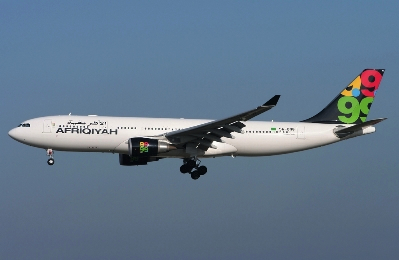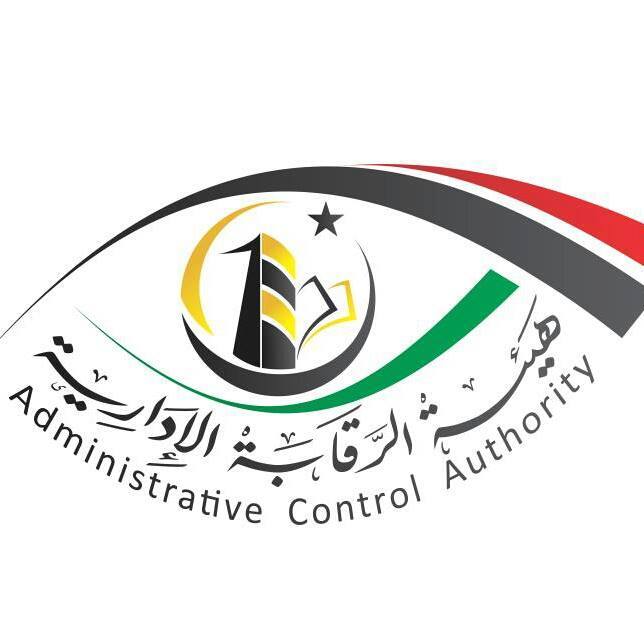By Nigel Ash.

Tripoli, 28 February 2013:
The crash three years ago of an Afriqiyah Airbus at Tripoli airport, with the loss of . . .[restrict]103 lives, was caused, said Libyan investigators today, by pilot error and a lack of co-ordination between the captain and his co-pilot, who had been bringing the plane in to land.
Flight 8U771, an Airbus A330 from Johannesburg was due to arrive in Tripoli on 12 May 2010 at 0620 hours local time. The airliner was carrying 93 passengers, the majority of them Dutch, and 11 crew.
The crash report included data from the aircraft’s black box which was decoded in France. This revealed that the plane was on approach to Tripoli when it ran into banks of fog, which confused the co-pilot, who was then flying the aircraft. Recognising that his final approach was wrong, the co-pilot started to pull the plane up, so that he could execute a “go-around” and come in for another landing. This emergency measure disengaged the autopilot.
Unfortunately the captain then took over control of the aircraft without informing his co-pilot. Possibly confused, because of the lack of visible reference points on the ground, the captain continued the descent. A few seconds later, at 180 feet, he attempted to pull up the aircraft’s nose, but by then it was too late. The aircraft which was descending at the rate of 4,400 ft/min hit the ground at 260 knots and disintegrated. All passengers and crew died except for an eight year-old Dutch boy, whose parents and brother perished in the wreck.
The report by the Libyan Civil Aviation Authority suggested that pilot fatigue may have contributed to disaster. It was also critical of Afriqiyah procedures, noting that the pilots had not done any pre-landing checks as would normally be required. It also pointed out that the priority button, which enabled the pilot to take over the aircraft, was in fact defective and had been so for at least two weeks, when the aircraft (registration 5A-ONG) was attempting a landing on the same runway.
[/restrict]









